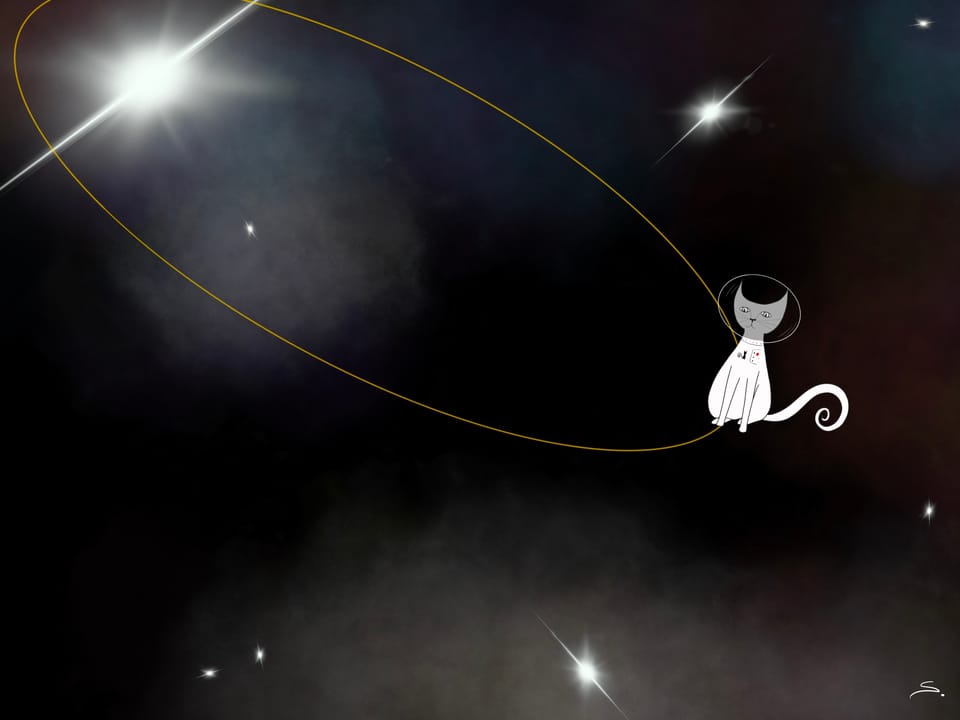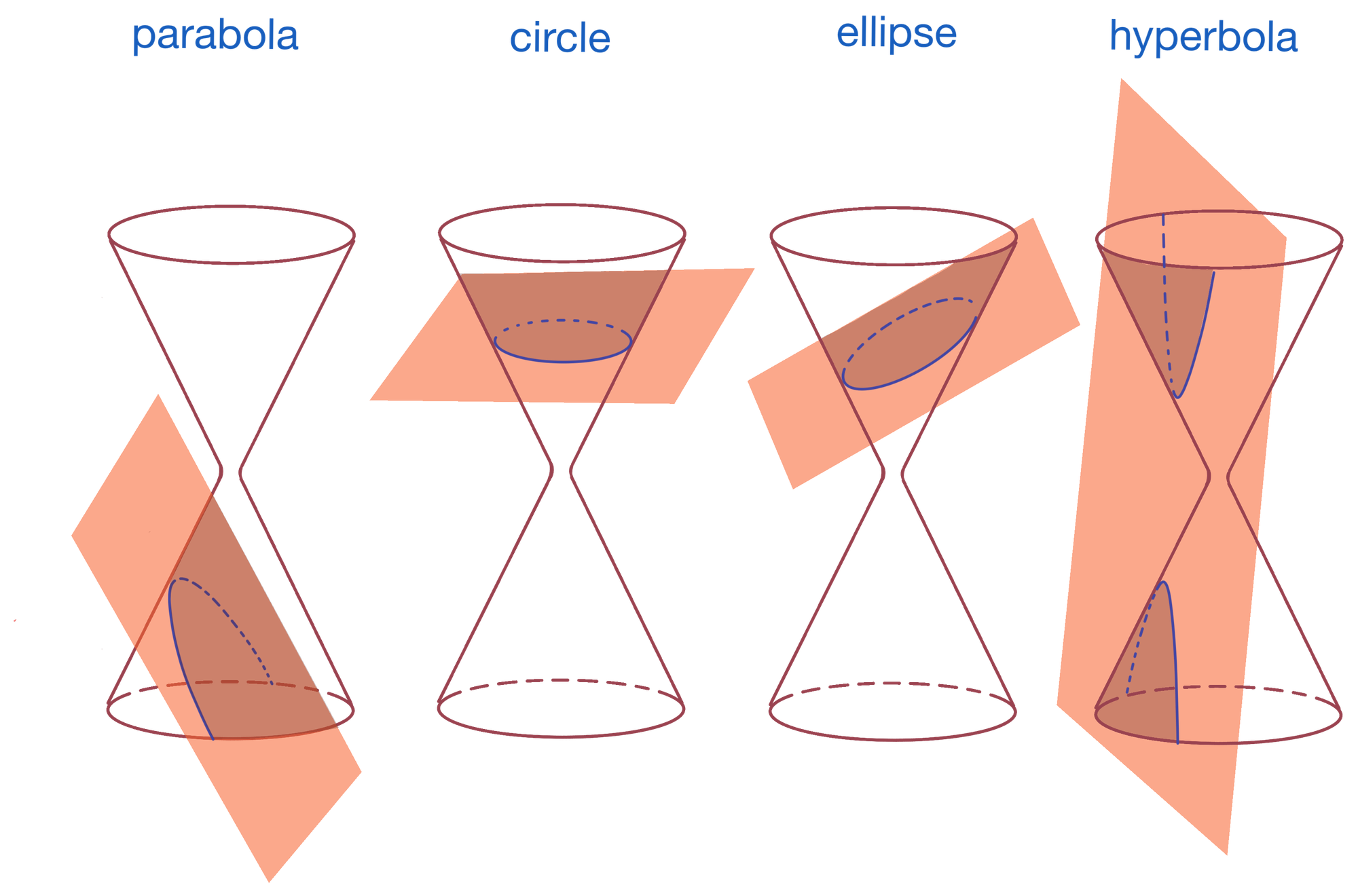Week 44: Conics, Orbits, and Projectile Motion
You don’t have to be in high school math to play with conics, orbits, and projectile motion. This week (or month) learners can play with projectile motion, orbits, and conics sections with the activities below: 1.) Slicing cones Learners can mold cones with clay and slice to see the possible shapes.


You don’t have to be in high school math to play with conics, orbits, and projectile motion. This week (or month) learners can play with projectile motion, orbits, and conics sections with the activities below:
1.) Slicing cones

- Learners can mold cones with clay and slice to see the possible shapes. This will give circles, ellipses, parabolas, and hyperbolas.
- Create a cone sculpture with an intersecting plane using paper, string, pipe cleaners, or other mediums.
- Try John Sharp’s sliceform template.
- Check out this Conics Geogebra tool by Irina Boyadzhiev.
2.) Observe parabolas through projectiles

- Create a straw rocket (don’t aim it at someone) and take slow motion videos of their flight and observe the curve that is created. For a template and activity, go to NASA’s website here. Look at various launch angles and analyze the differences and similarities in curves.
- Create a water balloon launcher with PVC pipes (or other parent/teacher approved apparatuses). Record their launches and analyze. (Water rockets are also fun.)
- Play with a garden hose and the curves created by shooting water up into the air.
- Play with the PhET simulator.
Rocket Launch
3.) Play with ellipses and circles through gravity
- Use tacks and string to create ellipses (2 tacks) and circles (1 tack or compass). Create an abstract work of art with these tools.
- Play with this gravity simulator by the NSTMF (really fun!)
- Universe Sandbox is a program that costs money, but is excellent for playing with orbits and answering a lot of learners’ “what-if’s.” I love, love, love this tool!
- JPL learning activities are here.
- Use a large piece of elastic cloth and place weights in it. See if you can create orbits with marbles. We have found that a hula hoop works with swimsuit material. Here is a video as well.
- Take time to get outside and observe the planets, comets, and astronomy that is with us every day.
There are so many other ways to play with these curves, so experiment, draw/paint, and enjoy.
